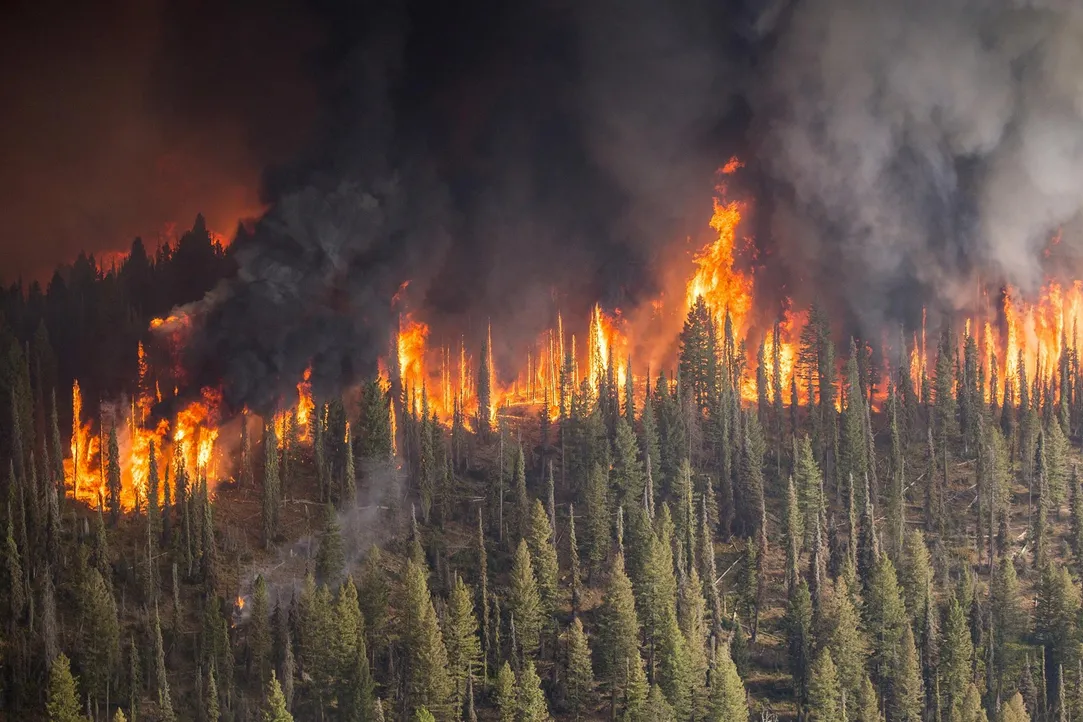Living near areas prone to wildfires may increase the risk of lung cancer and brain tumors. Through a 20-year study of nearly 2million people, scientists found that exposure to wildfires was related to the high incidence of brain tumors and lung cancer. A new study from McGill University shows that people who have been exposed to wildfires have a higher incidence rate of lung cancer and brain tumors. This study has tracked nearly 2million Canadians for 20 years. It is also the first study on how close forest fires affect cancer risk.

"Wildfires often occur in the same location every year, but little is known about the long-term health effects of these events." "Our research shows that living near wildfires may increase the risk of some cancers," said Scott weichenthal, an associate professor of epidemiology, biostatistics and occupational health at McGill University
The study published in the lancet planetary health found that the incidence rate of brain tumors in people living within 50 kilometers of the wildfire was 10% higher than that in people living far away, and the incidence rate of lung cancer was 4.9% higher.
With climate change, wildfires are expected to become more common, more intense and last longer -- and wildfires are increasingly recognized as a hazard to the health of the world. Jill korsiak, a doctoral student in Professor weichenxi's laboratory who led the analysis, said: "many pollutants emitted by wildfires are known human carcinogens, indicating that exposure to wildfires may increase human cancer risk."
Researchers warn that wildfires usually occur in similar areas every year, so people living in nearby communities may be exposed to carcinogenic wildfire pollutants for a long time.
In addition to the impact on air quality, wildfires also pollute the aquatic, soil and indoor environment. Although some pollutants will return to normal concentration soon after the fire stops burning, other chemicals may exist in the environment for a long time, including heavy metals and hydrocarbons. Professor weichenthal added: "exposure to harmful environmental pollutants may continue after the active combustion period through several exposure pathways."
The researchers noted that more research is still necessary to understand the complex mixture of environmental pollutants released during wildfires. They also noted that further work was needed to estimate the chronic health effects of wildfires in the longer term.